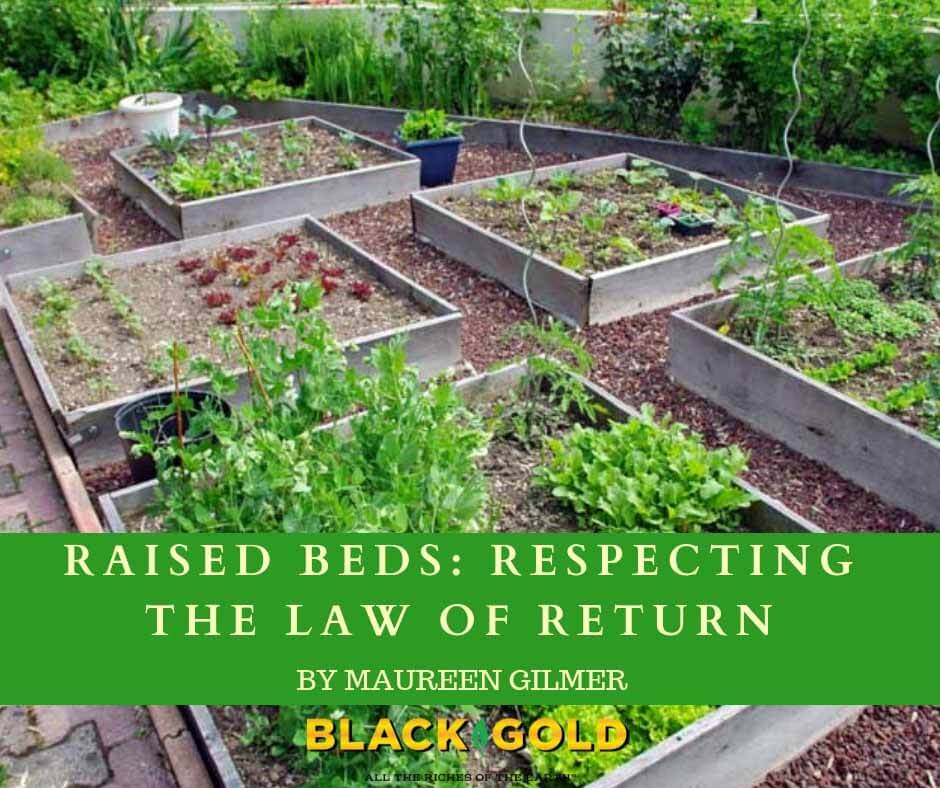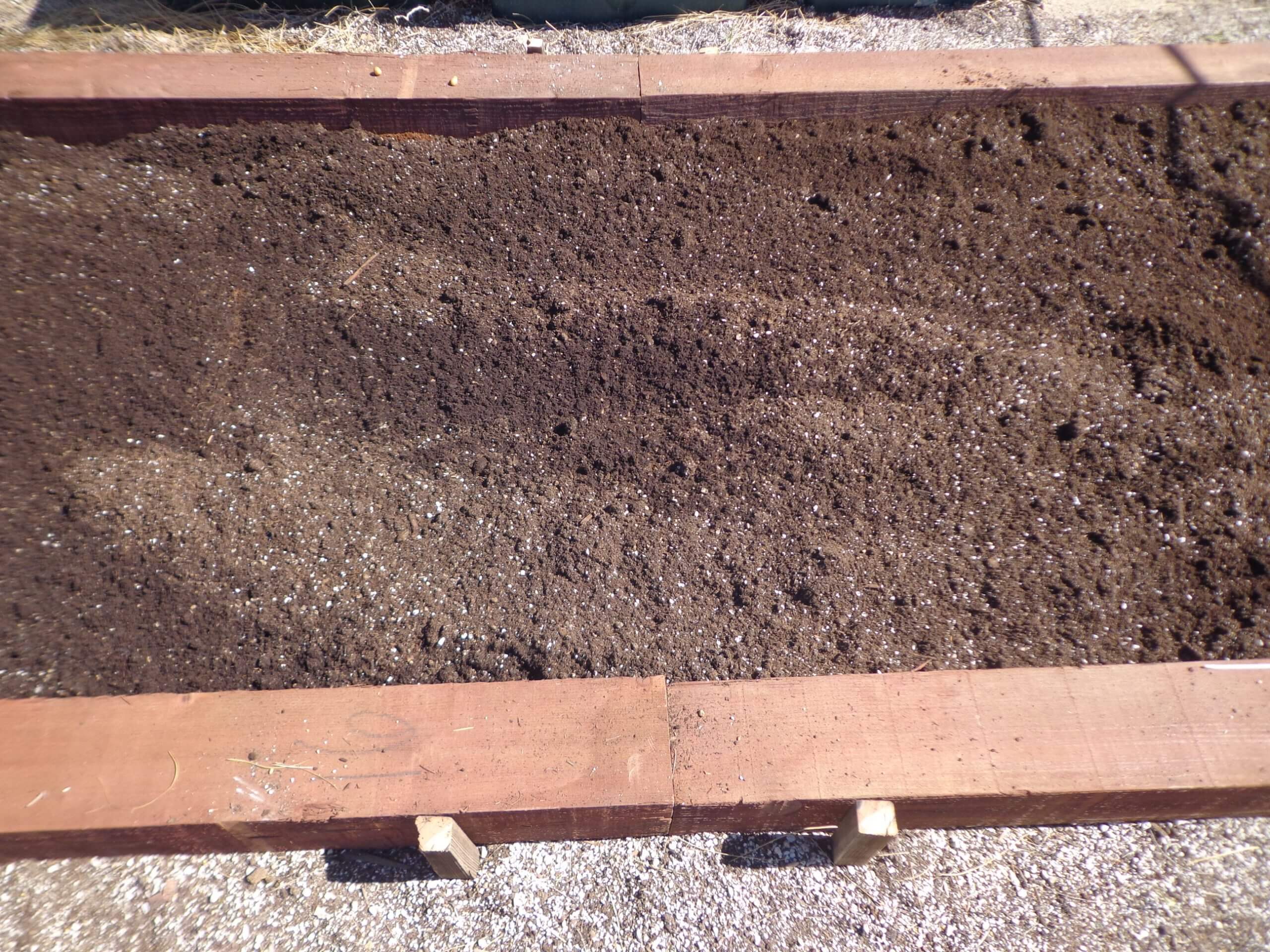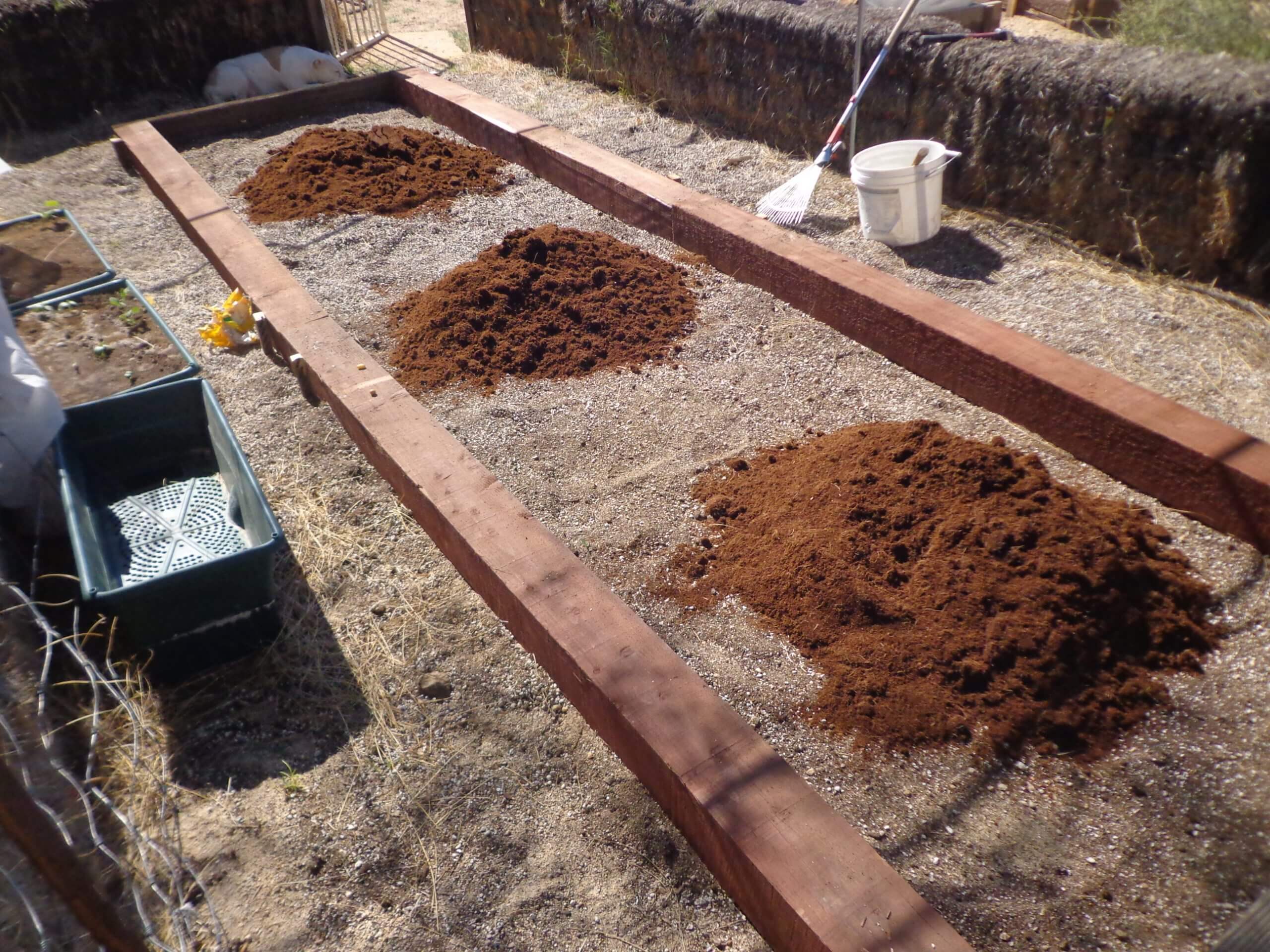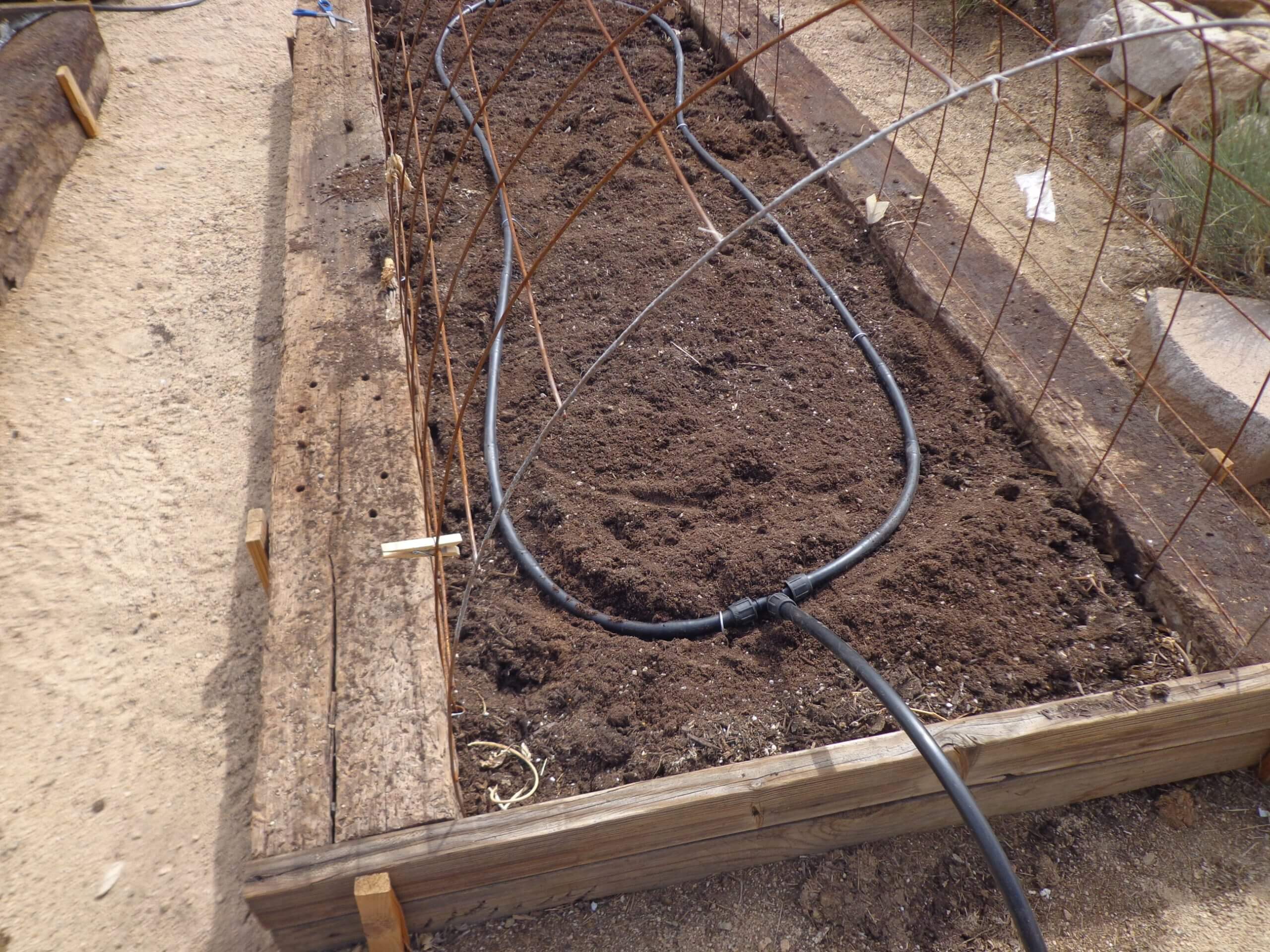
Second gardens are always better than first gardens. When those first gardens were your raised beds, then maybe it’s time to raise the bar. Bigger, better, and more prolific are garden characteristics that all gardeners want, so perhaps it’s time to rehab and expand in preparation for next year’s summer garden.
So many raised beds were at first experimental or created with the kids as a family project without long-term planning and smart design. That’s why they often don’t last as long as they should. Earth-to-wood contact (something forbidden in house building) introduces wood rot and invites pests, such as termites. You need to know what you are doing to get more life from your raised bed.
Choosing the Best Raised Bed Building Materials

Early on, wooden railroad tie beds [read more about railroad tie beds] became popular and kept the rot problem at bay, but ties are made from heavily treated wood. They contain dangerous heavy metals and creosote, which can leach into the soil and be taken up by edible plants. Pressure treated wood has the same problem. It is treated with fungicides and other compounds to reduce rot that can leach into the soil.
Untreated woods are not all the same. Many break down fast, resulting in short-lived raised beds. If you want long-lasting beds, avoid soft or rustic reclaimed woods certain to rot quickly. Instead, choose long-lasting red cedar or redwood. Both decompose slowly and are the most recommended for beautiful frames that resist rot. Trex, and other polymer/wood alternatives, also last forever and look great. All of the rot-resistant options are initially more expensive but worth it if you plan to garden for years.
Rehabbing Your Raised Bed

If you already have raised beds made with fast-to-decompose wood, you may already be experiencing the unfortunate and very common results. They are rotting, bowing, or breaking open at the seams due to decomposing edges weakened by the weight of soil, plants, and mulch. This means it is either time to rebuild or refurbish the frames.
Moreover, if you have had your beds for a while, the soil will be low and in need of replacement. Like all garden beds, soil volume falls as microbes consume the fine humus, and nutrients are depleted by garden plants. Poor garden soil will produce poor garden plants.
Fall is the best time to replenish raised bed soil and fix repairs. Take advantage of the fabulous fall weather to replace all rotting or bowing boards or edges, and revive sad, tired soil. Here’s the five-step process in a nutshell:
- Remove existing soil, if it’s degraded to mostly woody matter and perlite. Stockpile the old soil material for future use as summer mulch, or layer it into the compost heap.
- Inspect the newly exposed sidewalls by stabbing questionable spots with a screwdriver. If the metal penetrates the wood, then there’s rot, and they need to be replaced. Also, check and reinforce loose corners.
- Make repairs to sidewalls using Trex or long-lasting, untreated wood boards. Consider adding more height if you would like to grow plants with deeper root systems. Not only should you use strong, quality wood, but investing in heavy hardware will add to the longevity of your beds. Choose heavy wood screws tightened with an electric screwdriver to keep beds from loosening with the seasonal shrink and swell of the wood.
- Replace the soil in stages. Black Gold Just Coir creates a 100% organic matter barrier that holds water and repels root-knot nematodes. The heart of the raised bed should contain a rich mix of local topsoil amended with Black Gold Garden Compost Blend and a soilless potting mix, such as Black Gold Natural and Organic Potting Soil. The combination depends on the quality of your local soil; great topsoil requires fewer amendments. In general, an even mix of 2 parts topsoil to 1 part compost and 1 part soilless potting mix will yield great results. If drought is a problem in your area, adding a mulching layer of Black Gold Just Coir or Garden Compost Blend will reduce surface water loss.
- Add an all-purpose fertilizer, at the manufacturer’s prescribed application, to help drive explosive growth.
Irrigate and Sow

Gently water your raised beds to allow them to settle and marry over the winter months. If you don’t already have it, drip irrigation is highly recommended for effortless raised bed gardening. Try soaker hoses or buried underground inline drip tubing that invisibly waters your garden without ugly surface tubes and emitters. If you want to expand next year, put in a new bed close to the old one and share the irrigation.
While watering your rehabbed raised beds, throw in some seeds for beets, radishes, turnips, and other root crops that germinate at temps down to 40 degrees F. The addition of row covers will protect cool-season crops well into winter. Harvest the leaves, eat the sweet roots, and enjoy long winter yields as your refreshed raised beds do all of the work for you.
